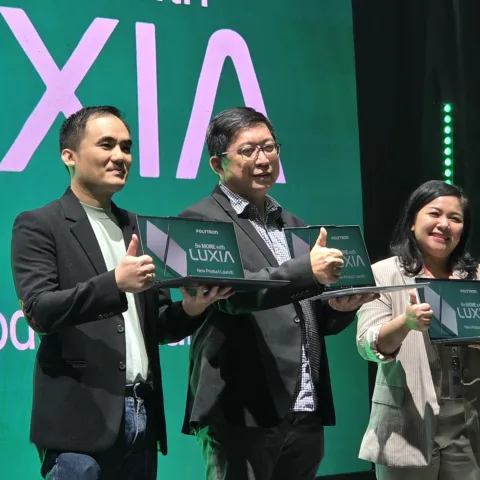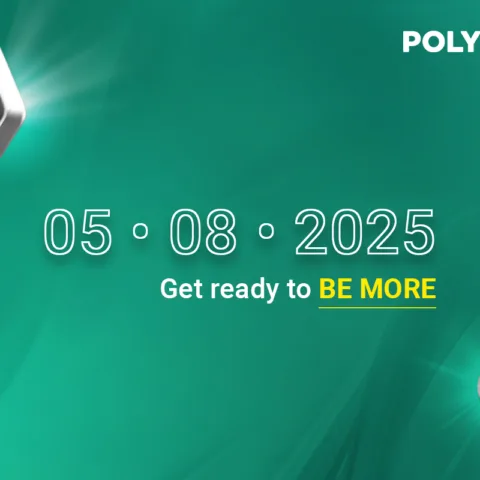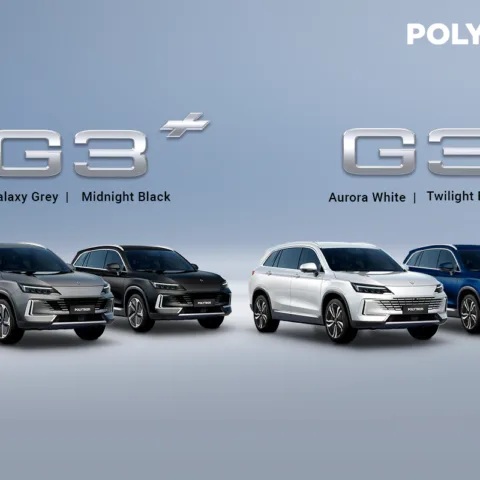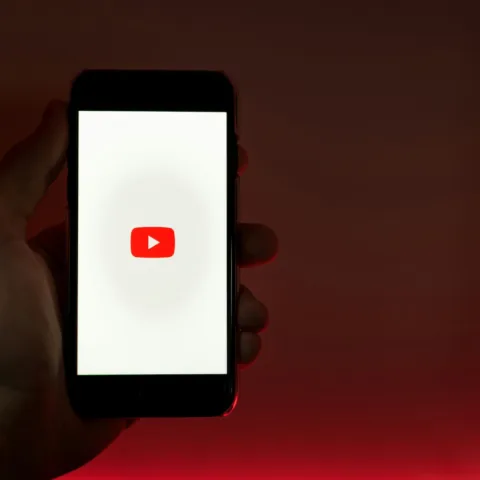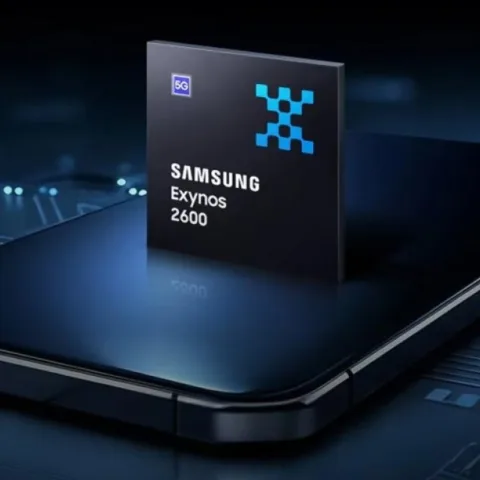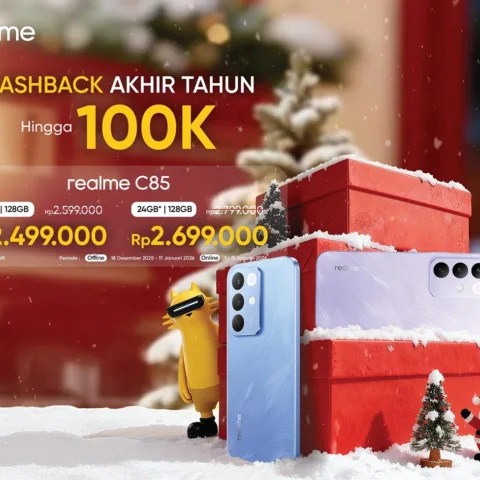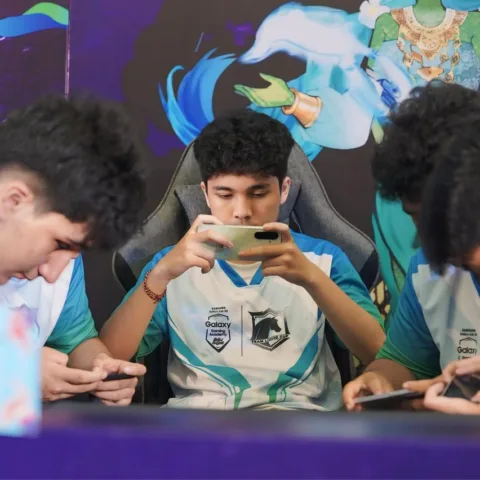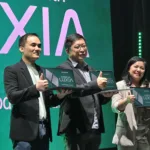
The government is currently preparing a regulation for the implementation of Frequency Division Duplex-Long Term Evolution (FDD-LTE)- based 4G connection on 1800 MHz. Well, it should have been finalized this year, as customers should have had the taste of the new tech already.
Having said that, the government is careful enough in preparing the implementation. It’s not only a matter of services, but also handset ecosystem as well. 1800 MHz, the most-used frequency for 4G connection worldwide, is regarded as the best frequency to host the tech.
The Ministry of Communication and Information Rudiantara stated yesterday that 4G handset ecosystem needed to be perfected to facilitate the growth of 4G-based services. The previous generation, 3G, noted a less encouraging penetration as it only attracted no more than 30% of Indonesian mobile users.
Therefore, the Ministry of Communication and Information, the Ministry of Trade, and the Ministry of Industry initiated an idea-to-be-turned-into-regulation, which states that by 2016, every 4G handset must contain up to 40% local-based components.
It means local handset producers now have two years to meet the requirement. “Should they don’t meet the requirement, we will cut their import license off. This inter-ministry idea will later be turned into one single Ministerial Decree,” Rudiantara added.
This idea gets various responses. Advan, for instance, claimed that two years is too narrow. Moreover, the number of local handset component producers is still a few, and most of them still import their products.
“If the government provides incentives to spare part industry, the cost we spend would be much less. In result, the cost of our handset would be lower, too,” Advan’s Marketing Director Tjandra Lianto claimed.
The incentives may also encourage local spare part producers to produce local spare parts. If the production is positive, then meeting the government’s requirement wouldn’t be an issue.
Meanwhile, SpeedUp’s VP Product Marketing Rahmad Widjaja regarded the plan as unclear, since the government has yet provided any confirmation. “We don’t know yet how much they will apply the tax on that matter. If it’s too high, then there’d be no difference at all,” he said.
It’s normal for the government to ask for cheap handsets for their people. The main reason of the idea is actually to encourage local producers to have their production being done here in Indonesia. That way, they may reduce the high cost of import.
According to the data by the Ministry of Industry per August 2014, the total import of handset in Indonesia reached $2,1 billion. The local production is expected to reduce the volume of import up to 10-15% by this year.
The application of 40% local component-regulation doesn’t necessarily be ended with low handset cost. At least, the government is trying to build the ecosystem, so that customers may access the 4G tech easily. A number of local producers like Advan, Evercoss, and Polytron, have even had their factories built in Indonesia.
“The 40% of local component-regulation doesn’t always result on low handset cost, as all of the main components are still imported, the chipset for instance. The regulation, though, will encourage the local industry to grow in Indonesia,” stated Teguh Prasetya, a telematics observer.

